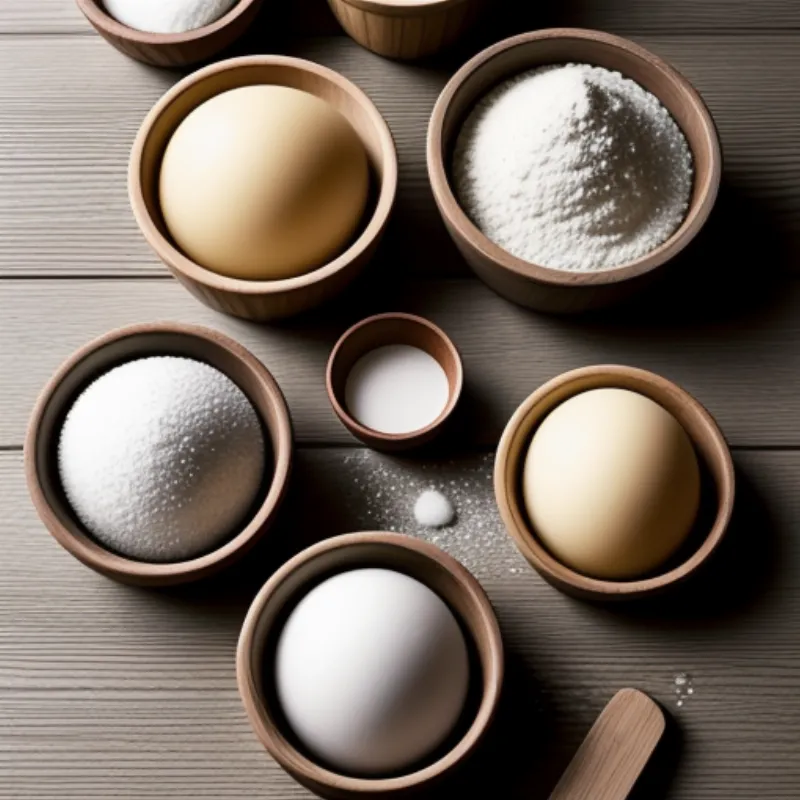Bishop’s cake, a delightful dessert with a fascinating past, offers a symphony of textures and flavors that will tantalize your taste buds. This delightful treat features a moist, spiced cake studded with juicy fruits and nuts, all enveloped in a delicate layer of marzipan or poured fondant. Today, we’ll unlock the secrets of this classic dessert, guiding you through each step to create your own masterpiece.
A Slice of History: The Story Behind Bishop’s Cake
The origins of Bishop’s cake are shrouded in mystery and speculation, with various theories adding to its allure. Some believe it originated in medieval England, where it was traditionally served during festive occasions, especially Christmas. Others suggest a connection to Twelfth Night, the celebration marking the end of the Christmas season, where a special cake containing a hidden bean or trinket was enjoyed. The lucky individual who discovered the hidden treasure was crowned “king” or “queen” for the day.
While the exact origins remain unclear, one thing is certain: Bishop’s cake has graced tables for centuries, evolving over time while retaining its essential character. Whether enjoyed during a holiday gathering or a simple afternoon tea, Bishop’s cake promises a delicious journey back in time.
Ingredients You’ll Need for Your Bishop’s Cake
For the Cake:
- 2 1/2 cups all-purpose flour
- 1 teaspoon baking powder
- 1/2 teaspoon baking soda
- 1/4 teaspoon salt
- 1 teaspoon ground cinnamon
- 1/4 teaspoon ground cloves
- 1/4 teaspoon ground nutmeg
- 1 cup (2 sticks) unsalted butter, softened
- 1 3/4 cups granulated sugar
- 4 large eggs
- 1 cup buttermilk
- 1 teaspoon vanilla extract
- 1 cup mixed candied fruit
- 1/2 cup chopped nuts (such as pecans, walnuts, or almonds)
For the Decoration:
- Marzipan or poured fondant (store-bought or homemade)
- Apricot jam, for glazing (optional)
 Bishop's Cake Ingredients
Bishop's Cake Ingredients
Tools for Baking Success
- Two 9-inch round cake pans
- Parchment paper
- Electric mixer
- Spatulas
- Measuring cups and spoons
- Toothpicks
- Wire rack
- Serrated knife
Baking Your Bishop’s Cake: A Step-by-Step Guide
-
Prepare your pans: Grease and flour two 9-inch round cake pans. Line the bottoms with parchment paper for easy removal later.
-
Combine dry ingredients: In a large bowl, whisk together the flour, baking powder, baking soda, salt, cinnamon, cloves, and nutmeg.
-
Cream butter and sugar: In a separate bowl, cream together the softened butter and sugar until light and fluffy.
-
Incorporate eggs: Beat in the eggs one at a time, mixing well after each addition.
-
Alternate wet and dry ingredients: Gradually add the dry ingredients to the wet ingredients, alternating with the buttermilk and beginning and ending with the dry ingredients. Mix until just combined, being careful not to overmix.
-
Stir in vanilla, fruit, and nuts: Gently fold in the vanilla extract, candied fruit, and chopped nuts.
-
Divide the batter: Pour the batter evenly into the prepared cake pans.
-
Bake: Bake in a preheated oven at 350°F (175°C) for 25-30 minutes, or until a toothpick inserted into the center comes out clean.
-
Cool and prepare for decorating: Let the cakes cool in the pans for 10 minutes before inverting them onto a wire rack to cool completely.
 Baking Bishop's Cake
Baking Bishop's Cake
Decorating Your Masterpiece
Marzipan Option:
-
Roll out the marzipan: Dust your work surface with powdered sugar and roll out the marzipan to a circle slightly larger than your cake.
-
Cover the cake: Carefully lift the marzipan and drape it over the cake, gently pressing it against the sides. Trim any excess marzipan.
Poured Fondant Option:
-
Prepare the fondant: Follow the instructions on your fondant package for melting and achieving the desired consistency.
-
Pour over the cake: Carefully pour the melted fondant over the cooled cake, ensuring an even coating.
Finishing Touches and Serving
Optional Glaze: For a beautiful sheen and added flavor, brush the top of the marzipan or fondant with warmed apricot jam.
Slice and enjoy: Once the decoration has set, slice your Bishop’s cake and serve.
Tips and FAQs for Baking the Perfect Bishop’s Cake
Q: Can I use different types of candied fruit?
A: Absolutely! Feel free to experiment with various candied fruits, such as cherries, pineapple, citron, or ginger.
Q: Can I freeze Bishop’s cake?
A: Yes, you can freeze Bishop’s cake. Wrap it tightly in plastic wrap and then aluminum foil for up to 2 months. Thaw overnight in the refrigerator before serving.
Tip: Toasting the nuts before adding them to the batter enhances their flavor.
Tip: For a more intense spice flavor, slightly increase the amount of cinnamon, cloves, and nutmeg.
Conclusion
Baking a Bishop’s cake is a rewarding experience that yields a delicious and visually stunning dessert. Whether you’re a seasoned baker or just starting your culinary journey, this recipe is approachable and sure to impress. So, gather your ingredients, put on your apron, and create your own slice of history!
Don’t forget to share photos of your creations and let us know how your Bishop’s cake turns out in the comments below! Looking for more delightful dessert recipes? Check out our How to Make Puspokkenyer guide for another tasty treat!
